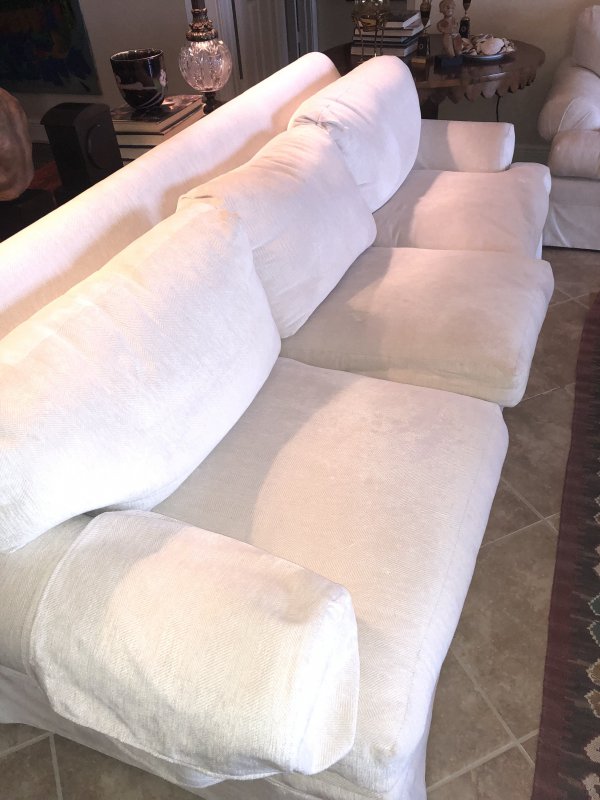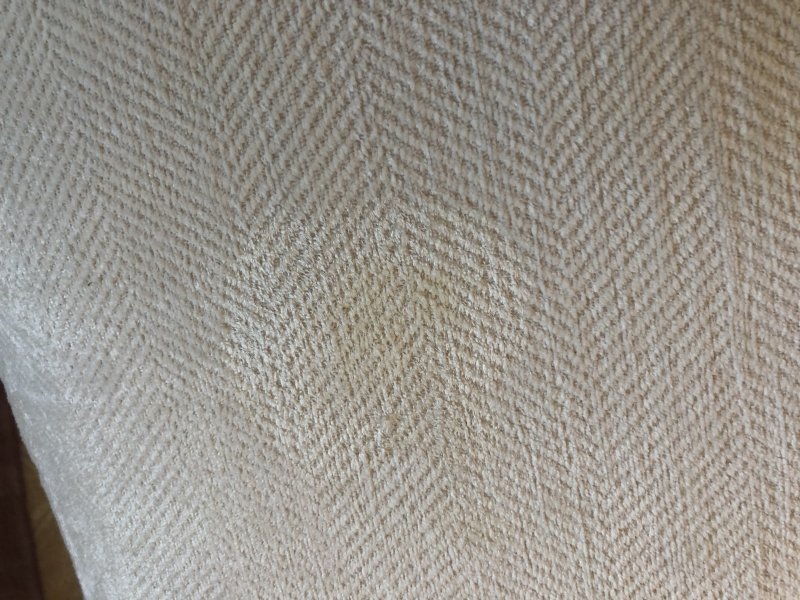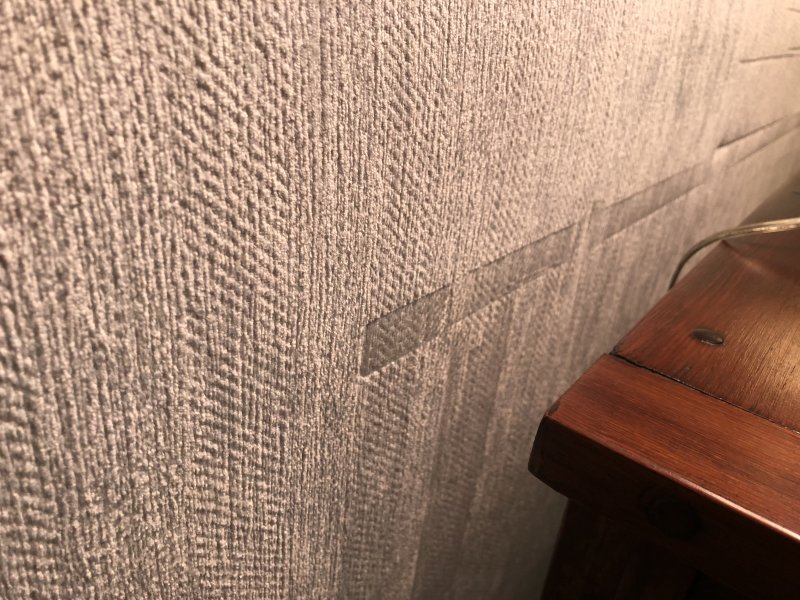Jim Pemberton
MB Exclusive.
- Joined
- Oct 7, 2006
- Messages
- 12,784
- Name
- Jim Pemberton
5 Reasons to Spend an Extra 60 Seconds Testing Before You Clean!
by Jim Pemberton - Fabric Pro Specialist
Fiber ID testing is one of those tasks that cleaners acknowledge should be done (at least in class or in the presence of a trainer or mentor), but that they rarely do in practice.
There are several reasons why cleaners skip this important test, but one of the most common ones is that it is too complex and/or takes too much time to test for specific fibers!
If you feel this way, you are RIGHT!
Surprised? Don't be. The fact is that trying to determine the specific fibers that make up upholstery fabric by means of burn testing is nearly impossible!
The fact that many fabrics contain two or more blends of fibers, that yarns may be very fine, and that back coatings made from synthetic materials are also adhered to many of the yarns makes it nearly impossible to get the proper flame color, smoke odor, etc when you burn test upholstery fibers.
However, you do need some VERY important information before cleaning a fabric that a simplified burn test will be able to provide.
To best explain the risks and limitations involved in cleaning an article of upholstery, and to determine what products and procedures will provide the safest and best results, you must have the following information:

BROWNING IS EASIER TO PREVENT THAN TO CURE-
You can find the answers to these five questions by doing a simple “fiber family” burn test. Synthetic fibers, regardless if they are nylon, polyester, olefin, or acrylic, will melt when ignited. Natural fibers, whether cotton, linen, wool or silk (or the regenerated cellulose ones like rayon) will burn and crumble to a soft ash.
When you squeeze a tested fabric sample in your finger tips after it ignites, it will respond in one of three ways:
by Jim Pemberton - Fabric Pro Specialist
Fiber ID testing is one of those tasks that cleaners acknowledge should be done (at least in class or in the presence of a trainer or mentor), but that they rarely do in practice.
There are several reasons why cleaners skip this important test, but one of the most common ones is that it is too complex and/or takes too much time to test for specific fibers!
If you feel this way, you are RIGHT!
Surprised? Don't be. The fact is that trying to determine the specific fibers that make up upholstery fabric by means of burn testing is nearly impossible!
The fact that many fabrics contain two or more blends of fibers, that yarns may be very fine, and that back coatings made from synthetic materials are also adhered to many of the yarns makes it nearly impossible to get the proper flame color, smoke odor, etc when you burn test upholstery fibers.
However, you do need some VERY important information before cleaning a fabric that a simplified burn test will be able to provide.
To best explain the risks and limitations involved in cleaning an article of upholstery, and to determine what products and procedures will provide the safest and best results, you must have the following information:
- How Absorbent is the Fabric?
This will tell you how difficult it will be to remove soils and spills, how much water you can use during cleaning, and if drying fans will be necessary. - Is There a Possibility of Browning?
Browning is easier to prevent than to cure, and you must know the fiber family to know if this will happen or not. - Is There a Risk of Texture Distortion?
Texture changes during cleaning can occur in any fiber, but natural fiber fabrics are always the most susceptible to texture distortion due to the exposure to moisture, vacuum, and heat. - Are Colors at Risk to Fade, Bleed, or Change?
As with textures, color damage is possible in any family of fiber, but if the fabric contains natural fibers, the risks are far higher. - What Affinity Does the Fiber Have to Soils and Stains?
Synthetic fibers are more oil loving, but release water based spills readily. Natural fiber fabrics are not as likely to hold onto oily soils, but their absorbent nature is such that water based spills are harder to remove.

BROWNING IS EASIER TO PREVENT THAN TO CURE-
You can find the answers to these five questions by doing a simple “fiber family” burn test. Synthetic fibers, regardless if they are nylon, polyester, olefin, or acrylic, will melt when ignited. Natural fibers, whether cotton, linen, wool or silk (or the regenerated cellulose ones like rayon) will burn and crumble to a soft ash.
When you squeeze a tested fabric sample in your finger tips after it ignites, it will respond in one of three ways:
- Clean, Hard Ash: Synthetic Fiber Family
- Dirty, Soft Ash: Natural Fiber Family
- An Ash that has Both Characteristics: A Blend of both Natural and Synthetic Fibers are present. (Treat such blended fiber fabrics the way you would a Natural Fiber Family fabric)





